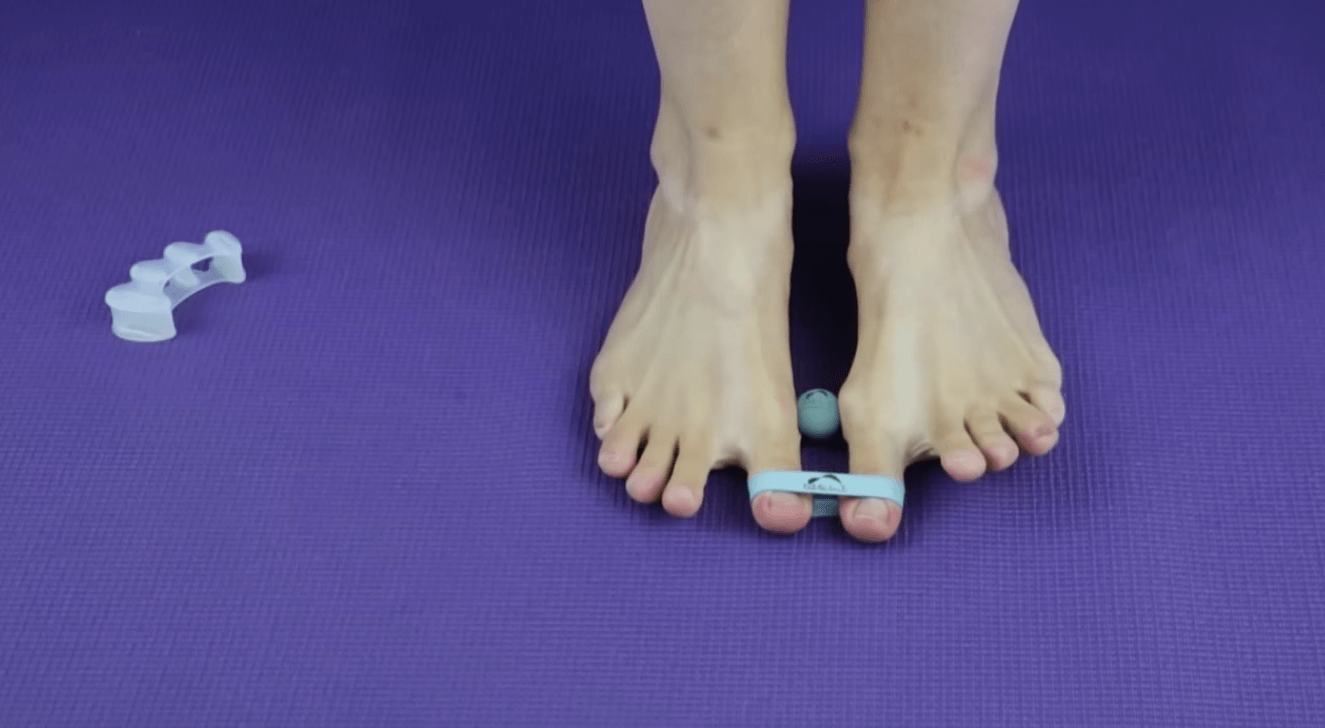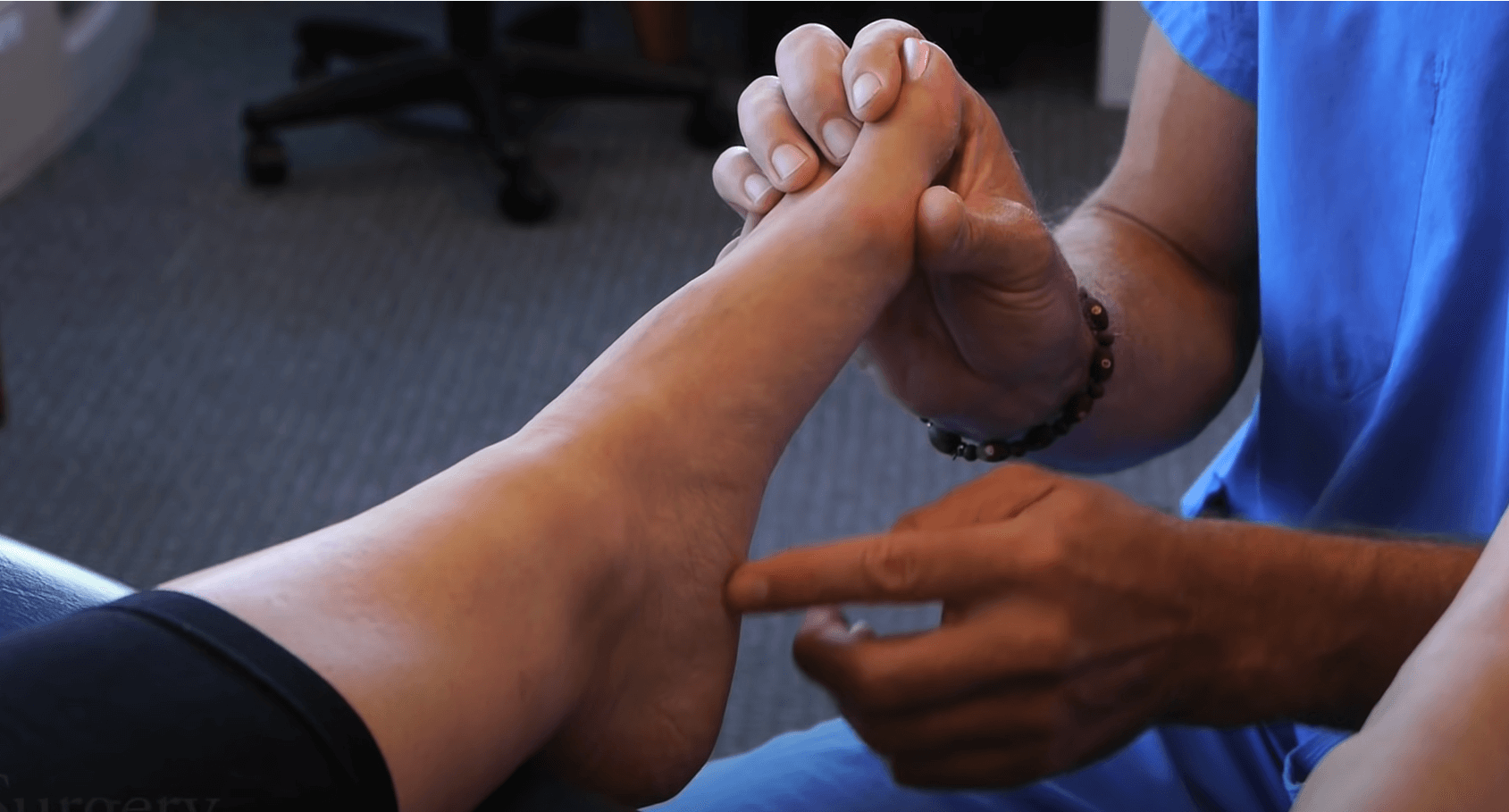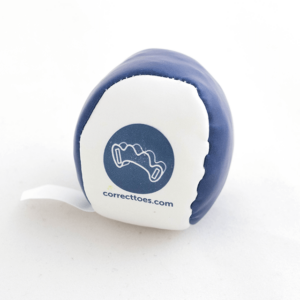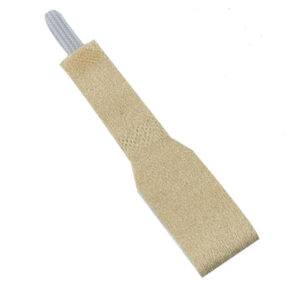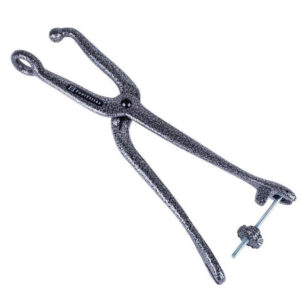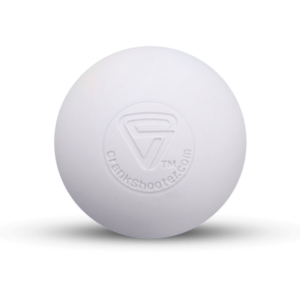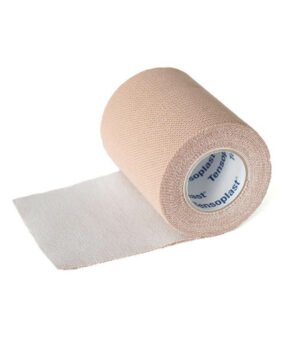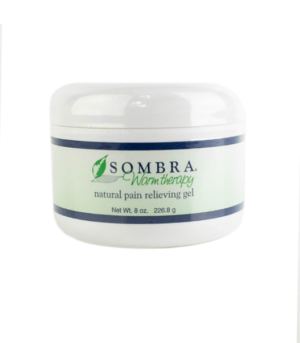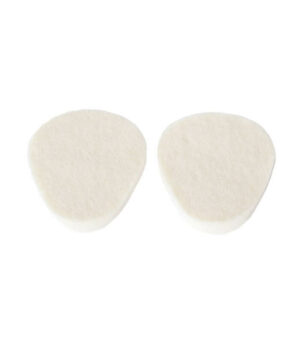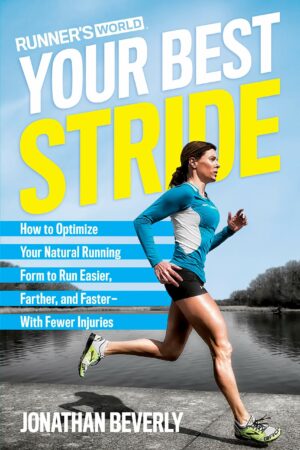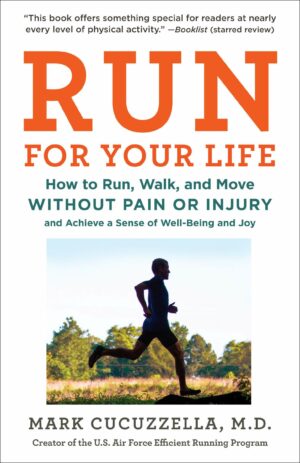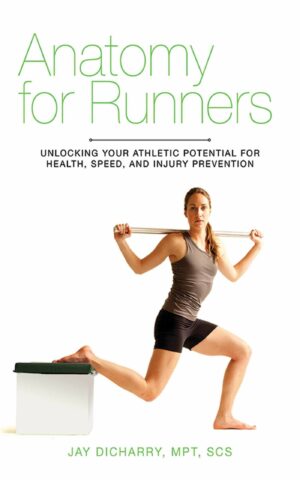In 1905, Phil Hoffman, M.D., traveled to numerous undeveloped countries to observe the foot and skeletal structures of people who lived barefoot. He noticed the differences between their feet, and those he had observed during his medical work in the US. These differences were subtle, such as toes being generally straight, in comparison to our upturned toes, and their wider toe-spread, versus ours, which are tapered. Time has shown these differences to be hugely significant.(1)
Studies have since shown that barefoot cultures have fewer foot and knee problems. For example, Rush Medical Center proved that going barefoot prevents the development of arthritis in the knee. Several other studies have recently been published directly linking the wearing of footwear with foot deformity and injury.(2,3)
This is important news for walkers. These studies demonstrate a path to foot health and injury prevention. That path is to be trod barefoot. For most American walkers, this is not possible.(4)
Fortunately, you do not have to give up your shoes and go barefoot to derive the benefits of a “barefoot” foot position. Those benefits can be had if you can find a walking shoe that allows your feet to position themselves as if they were bare inside the shoes.(4)
Unless you have a walking shoe custom made, or walk in footwear not specifically designed for fitness or race walking, this is nearly impossible.(4)
Take a look at your shoes, and note the following: Most walking shoes have the heel part elevated twice as high as the front part of the shoe. When barefoot, the heel always stays level with the whole front of the foot.
Walking shoes elevate the toes; this is called toe-spring. When barefoot, toes always touch the ground.
Walking shoes are built so that the widest part of the foot is forced to become the ball of the foot area. When barefoot, the widest end of the foot is at the end of the toes. Look at a baby’s toes: Ideally, an adult foot should look similar.
Most walkers will benefit from the addition of a metatarsal pad to their shoe. These are designed to pull the toes down from their artificially raised position. Silicone toe spacers can also spread the toes out wider than the ball of the foot.
While research proves there are significant benefits to walking in a barefoot position, the change cannot be made overnight. The transition should be made slowly, allowing for the feet and legs to become stronger. It can take as long as a year to adjust to walking with your feet in a new position.
Be patient with your body, and aware of your shoes.
-Written by Dr. Ray McClanahan
Original article can be found in Walk About Magazine.



